World Breast Cancer Awareness Month or 'Pink October'
is a prime example of bringing people together for one purpose: to remind women how important it is to take care of their breast health.

Breast cancer is the most common cancer in the world
- in 2020, more than 2 mln new cases of breast cancer 1,2
- of which more 72к in Russia 3
The dynamics of morbidity continues to grow: experts predict that by 2025, the absolute number of cases will increase by 2% 3
among younger patients.
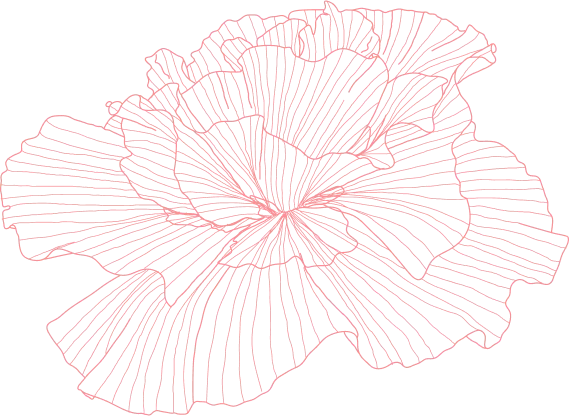
Modern methods of diagnosis and therapy help to identify the disease at an early stage and prevent its progression

TARGET ORGAN
- Estrogens are produced by the ovaries and are responsible for the formation of the mammary gland and the mature shape of the breasts. Under the influence of these hormones, the breasts enlarge before menstruation.
- Progesterone is responsible for the development of glandular tissue and its receptors. The amount of the hormone increases dramatically with the onset of pregnancy for the final formation of the alveoli.
- Prolactin prepares the mammary glands for lactation, is responsible for the milk production process and its nutritional value.
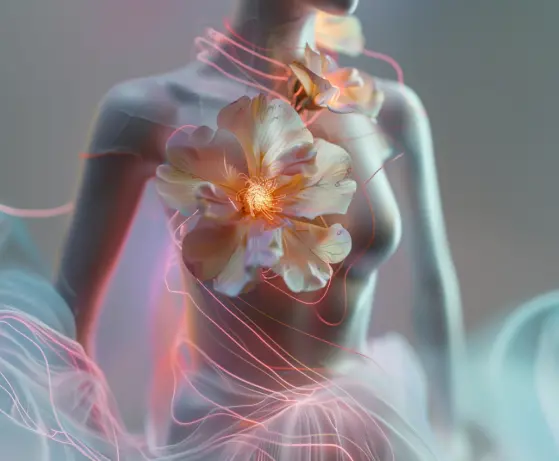

Breast cancer is a disease that does not occur spontaneously: it is preceded by pathologic cell changes, which are important to detect at an early stage 4
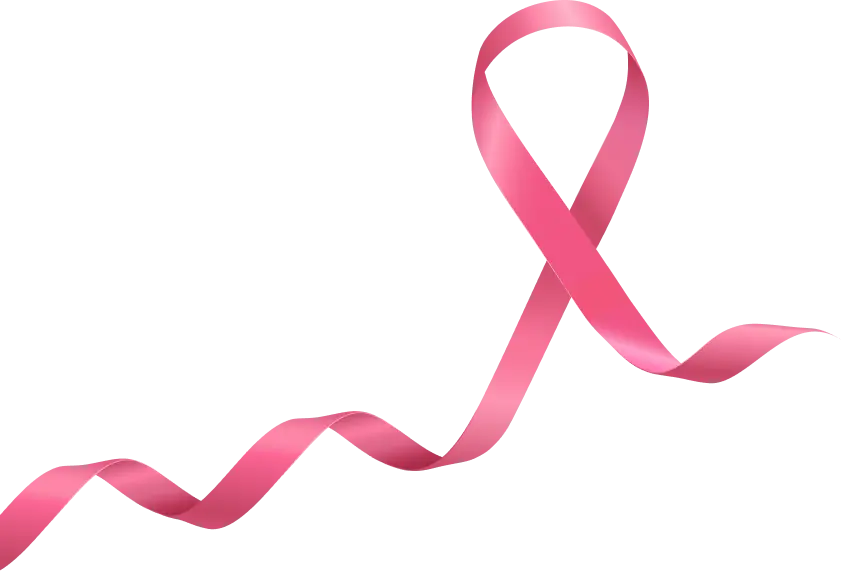

Prevention and diagnosis of breast cancer
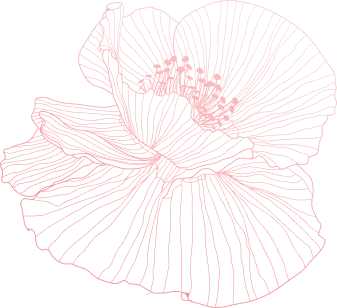
- eat at least 400 grams of fresh fruits and vegetables daily 3
- do moderate physical activity
- do not exceed the daily allowance of salt - up to 5 grams per day 5
- quit smoking

Self-diagnosis is another mandatory step in breast cancer prevention
It should be performed monthly, 5-7 days after the end of menstruation. If a woman is already postmenopausal, self-examination is carried out at a convenient time
-
The first step involves a visual inspection of the glands for possible changes such as:
- lodging, swelling, retraction or other changes in nipple contours;
- localized redness of the skin;
- cal or total swelling of the skin, the state of 'lemon peel';
- nodules and masses in the tissue;
- nipple discharge.
-
The second stage is performed in the supine position:
- place pillows under one side of your back and lie down so that the gland is spread across your chest wall;
- without pressure, use the pads of 2-4 fingers of the opposite hand to feel the gland from bottom to top in a circular motion, from the nipple to the axilla. Pay attention to the lymph nodes and the supraclavicular area;
- feel the inside of the gland from top to bottom, from the nipple to the middle of the chest wall;
- repeat the process with the second breast.
Under the age of 40, breast ultrasound is the baseline examination method. Mammography remains the gold standard of breast cancer screening for women over 40 years of age. The diagnostic method helps not only to detect malignant neoplasms, but also to diagnose pathologic changes that precede them.
Outside of cancer diagnosis, mammography also helps detect arterial calcification, which increases the risk of cardiovascular disease and atherosclerosis.

Telling women of all ages about preventative measures to look after their breast health with the charity 'Dalshe'

- Breast ultrasound — once a year or more often as indicated
- Consultation with a geneticist and oncomammologist in case of hereditary predisposition

- Mammography — once every 2 years
- Family history for cancer screening

- Mammography — once every 2 years
- Breast ultrasound — once a year
- Additional examinations — as indicated in case of cancer in the family history

- Mammography — once every 2 years

BREAST PATHOLOGY DIAGNOSIS

- Blood tests — including cancer markers to detect cancer in its early stages
- Breast ultrasound — if neoplasms are suspected
- Mammography — to determine the size, shape and other characteristics of the tumor
- Biopsy — to determine the nature of cells and their features
- PET-CT — a method for diagnosing tumors and metastases
- MRI — is an optional study and may be ordered for nipple involvement


- undergo a breast ultrasound
- a consultation with a breast oncologist based on the ultrasound findings
You can use the certificate from October 15 to November 30, 2024 in one of 6 clinics of the network of multidisciplinary medical centers SM-Clinic in Moscow.
For more information about the campaign, please visit the website of Russian Bouquet at the following link.
Advertising. Alcea LLC. TIN 7707747030

Our partners
'Russian Bouquet' is a dynamically developing company with more than 13 years of experience in online flower and gift delivery. The company not only provides flower delivery services, but also develops and creates advanced technologies that make the process of buying and delivering bouquets simple and convenient.

One of the largest Russian networks of multidisciplinary clinics, provides a wide range of medical services. 'SM-Clinic' has 4,000 experienced doctors, more than 700,000 patients a year, 47 areas of medicine, specialized centers, including its own Cardiovascular Surgery Center, Oncology Center and Reproductive Health Center. The SM-Clinica holding company offers a wide range of laboratory and instrumental diagnostics, inpatient and outpatient treatment, various examination programs - female, male and child check-ups. The clinics have created conditions for comfortable stay and quick recovery after surgical treatment.
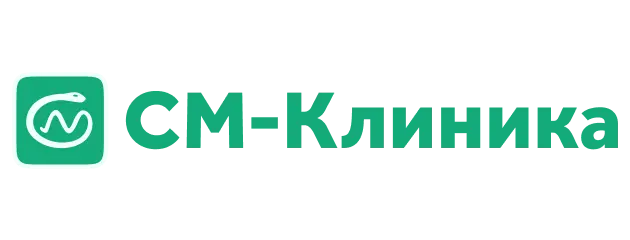
'Medical volunteers' develop volunteerism in the healthcare sector, teach health care, and build the future of Russian medicine. The organization is engaged in broad medical education of the population, raising the prestige of medical professions, building human resources for the healthcare industry, as well as fostering patriotic self-awareness and active citizenship among Russians. Medical volunteers help in medical institutions, teach first aid, accompany mass events, develop donation and popularize healthy lifestyles, as well as conduct career guidance among schoolchildren and participate in information campaigns on disease prevention.

The organization supports women with breast cancer by creating an environment with opportunities for effective diagnosis, treatment and rehabilitation of this disease. The Foundation also initiates the introduction of technological solutions in practical healthcare, promotes professional development of medical specialists and supports scientific research.

- Data from the International Agency for Research on Cancer GLOBOCAN cancer incidence and mortality estimates, 2020. Data on the study population from the Surveillance, Epidemiology and End Results Registries database for 2004-2011.
- Sung H, et al. CA Cancer J Clin. 2021; 71: 209–249; 2. Iqbal J, et al. JAMA. 2015; 313:165-173.
- Rozhkova N. I. 'Prevention of breast cancer', online conference. Prevention of oncologic diseases of organs of female reproductive system. 05.06.2024 г.
- [Electronic resource]. https://krymsk-crb.ru/patients/novosti/
- 455-profilaktika-raka-molochnoj-zhelezy-2. State Budgetary Institution “Krymskaya CRB” Ministry of Health of Krasnodar Krai. (Date of reference: 25.09.2024).
- [Electronic resource]: https://www.who.int/news-room/fact-sheets/detail/salt-reduction (Date of reference: 06.09.2024)


